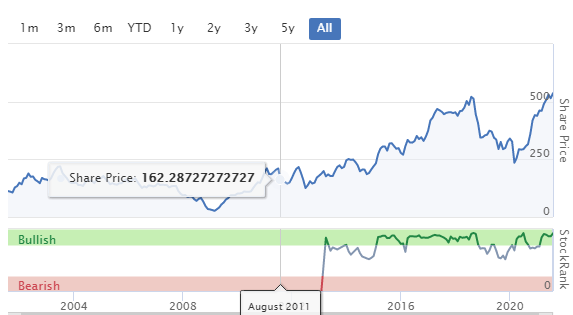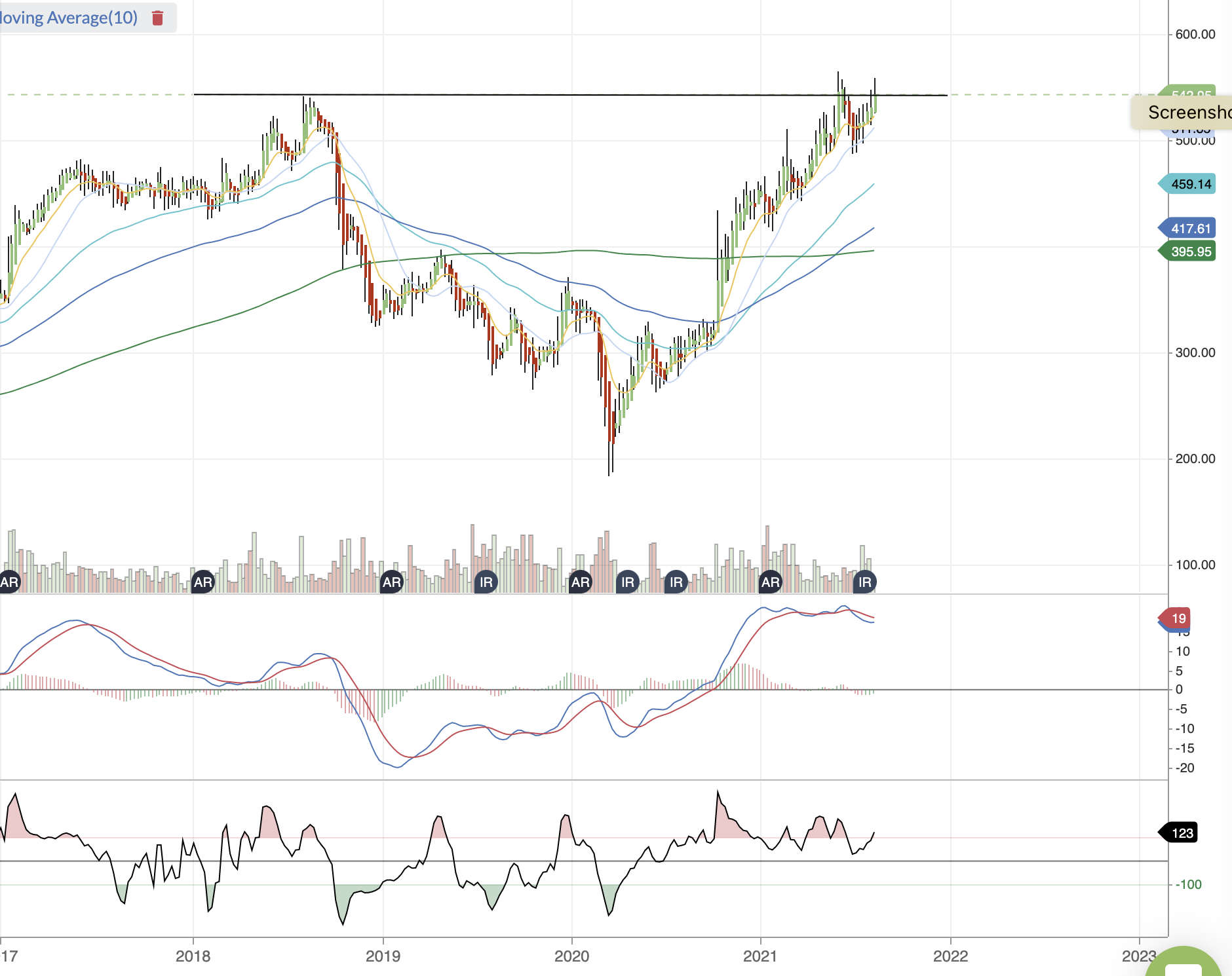FTSE 250 chemicals group Synthomer (LON:SYNT) describes itself as “one of the world’s foremost suppliers of aqueous polymers”. The firm’s polymers are used in the production of products including adhesives, carpet, paint and -- of course -- latex gloves used in healthcare.
Sales of such nitrile butadiene rubber (NBR) products have rocketed during the pandemic. Operating profit from Synthomer’s Performance Elastomers division rose by 800% to £209m during the first half of 2021, compared to the same period in 2020.
This surge in demand has somewhat distorted the company’s financial performance. But the City consensus view seems to be that much of this growth will be retained to form a new baseline for sales.
If this view is correct, Synthomer shares look potentially cheap to me, on 10 times rolling forecast earnings.
Synthomer published its interim results last week and the shares now qualify for my SIF stock-buying screen. This seems to support my view that this stock could offer the kind of affordable growth I’m looking for. This week I’m going to take a closer look at Synthomer to decide whether to add the shares to SIF and my personal holdings. (For a quick summary of how I run the rules-based SIF virtual portfolio, click here.)
Synthomer (LON:SYNT)
Before I look at the numbers, I think it’s worth understanding a little more about Synthomer. This business produces specialist polymers that are used by clients in a wide range of industries. You can see an overview of all the markets served by Synthomer here.
The business can trace its roots back to 1863 and was previously known as Yule Catto. This business had ties to rubber and oil plantations in Malaysia. This link remains today - plantation owner Kuala Lumpur Kepong Berhad has a 21% stake in Synthomer. The shares have tripled over the last 10 years, providing attractive returns for long-term holders:
In 2020, Synthomer decided to scale up with a £654m deal to acquire rival Omnova Solutions. The transaction was funded with a £204m rights issue and new debt, leaving the group with leverage of 2.5x EBITDA. Strong cash generation - and the Covid-19 profit surge - means that this leverage ratio is now down to 0.8x EBITDA.
The company hasn’t broken out…










